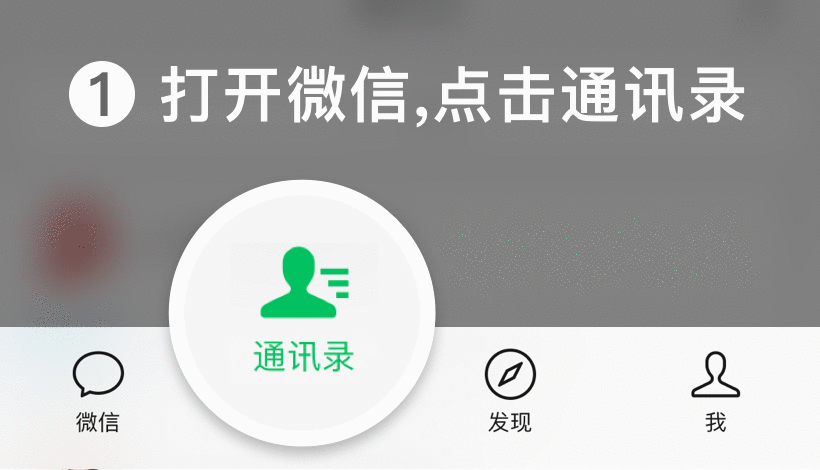Recycled particles are products produced by purposeful processing of waste plastics, and have stable and reasonable market demand. The content of harmful components is not higher than the content of harmful components in products made from virgin materials. If the importer knows that the recycled pellets it imports are solid waste and still imports, it is a knowing crime, then it should be punished.
Therefore, before importing recycled materials, we should learn how to distinguish between recycled plastic pellets and waste plastics.
First of all, how to identify whether it is a regenerated particle:
(1) Abnormal smell inspection method
Recommended method: sensory inspection.
Index requirements: no strong irritating odor.
(2) Inspection method of appearance traits
Particles with different characteristics refer to recycled plastic particles that are inconsistent with the main color system of the sample. In the production process, incompletely cut recycled plastic particles or two or more particles are bonded together; greater than or equal to 4 times the length of normal particles; thickness, width or diameter greater than or equal to 2 times of ordinary particles; less than 1/4 of the normal particle size (or specified particle size); and recycled plastic particles with irregular properties.
Recommended method on site: visually observe the goods. If there are particles or powders with obviously different characteristics, when the conditions are met in the field, the appearance characteristics can be tested according to the following methods. If the conditions are not met on site, please send it to the laboratory for further identification.
Recommended laboratory method: Take out two groups of samples from the sample, each group is 100 g, accurate to 0.1g, sieved with a 833μm sample sieve, pick out particles with different properties from the sieve residue, weigh and calculate the difference The total content of character particles and powder content.
Index requirements: the total content of particles with different properties is not more than 5%, and the powder content is not more than 0.5%. For fiber-grade recycled polyester chips (PET), the powder content is not more than 0.015%.
(3) Inspection method of inclusion content
Inclusions refer to other substances mixed with imported recycled plastic particles during production, collection, packaging and transportation (excluding other substances needed during packaging and transportation).
On-site advice: Observe the goods visually, such as mixing with obvious inclusions (including waste paper, waste wood, waste metal, waste glass, waste tire rubber/, thermosetting plastics, other plastics containing metal coatings, without the need for compression processing Waste foam plastics, plastic particles wrapped with foreign objects). If the conditions are available on the site, the inclusion content shall be tested according to the following test methods to further confirm that the conditions are not available on the site and sent to the laboratory.
The method recommended by the laboratory: Take out 2 sets of samples, each of 100 grams, accurate to 0.1 grams, and manually classify the inclusions in the samples by visual inspection. Weigh the weight of the sample and the weight of the inclusions, and calculate the content of the inclusions.
Index requirements: the content of inclusions is less than 0.5%.
(4) Radioactivity inspection method
Recommended method: The inspection shall be carried out according to the method specified in the "Inspection Regulations for Radioactive Contamination of Imported Wastes as Raw Materials" (SN/T 0570).
Indicator requirements: The external radiation penetrating radiation dose rate does not exceed the normal natural radiation background value +0.25 μGy/h at the port of entry.
(5) Identification method of polymer component types
Recommended method 1: Infrared spectroscopy analysis
The identification shall be carried out according to the method specified in "Method for Rapid Identification of Polymer Components of Recycled Plastic Particles-Portable Infrared Spectroscopy" (see appendix 1) or "General Rules of Infrared Spectroscopy Analysis Methods" (GB/T 6040).
Recommended method 2: Raman spectroscopy analysis
According to the method specified in "Portable Raman Spectroscopy Method for Rapid Identification of Polymer Component of Recycled Plastic Particles" (see appendix 2) or "Laser Raman Spectroscopy Method for Identifying Polymer Component of Recycled Plastic Particles" (see appendix 3) .
Note: Infrared spectroscopy and Raman spectroscopy reflect different aspects of the substance and the spectral characteristics of different principles, which technically play a very complementary role and increase the reliability of the conclusion.
Indicator requirements: The types of polymer components are consistent with the declaration.
(6) Determination method of harmful element content
Recommended method on site: Perform preliminary screening according to the method specified in the "Method for Rapid Identification of Hazardous Elements in Recycled Plastic Granules-Portable X-ray Fluorescence Spectrometry" (see Annex IV).
Laboratory recommended method: According to "Determination of Six Restricted Substances in Electrical and Electronic Products (Lead, Mercury, Cadmium, Hexavalent Chromium, Polybrominated Biphenyls and Polybrominated Diphenyl Ethers)" (GB/T 26125), paragraph 6 "X-ray Fluorescence spectroscopy (XRF) screening” method stipulated for detection.
Index requirements: It should meet the limit requirements of "Limiting Requirements for Restricted Substances in Electronic and Electrical Products" (GB/T 26572). The limit of harmful elements of imported recycled plastic particles is shown in the table. The on-site preliminary screening result is not higher than 50% of the limit in the table, otherwise it is sent to the laboratory for further testing; the laboratory determination result is not higher than the limit in the table.
Picture 5
(7) Analysis method for consistency of polymer components
Recommended method: Perform the test according to the method specified in "Plastic Differential Scanning Calorimetry (DSC) Part 1: General Rules" (GB/T 19466.1). Parallel tests are performed on samples of the same property, and samples of different properties are tested in parallel. Single test.
Index requirements: the DSC curves are basically the same.
(8) Ash determination method
Recommended method 1: Test the ash content of the sample according to the method specified in "Plastic Polymer Thermogravimetric Method (TG) Part 1: General Rules" (GB/T 33047.1).
Recommended method 2: Determine the ash content of the sample according to the method specified in "Plastic Ash Determination Part 1: General Methods" (GB/T 9345.1).
Indicator requirements: There is no significant difference in ash results.
Recommended method on site: If the goods are found through visual observation, and if particles or powders with obviously different characteristics are found, when the conditions are met on site, the appearance characteristics can be tested according to the following methods. If the conditions are not met on site, the goods can be sent to the laboratory for further identification.



